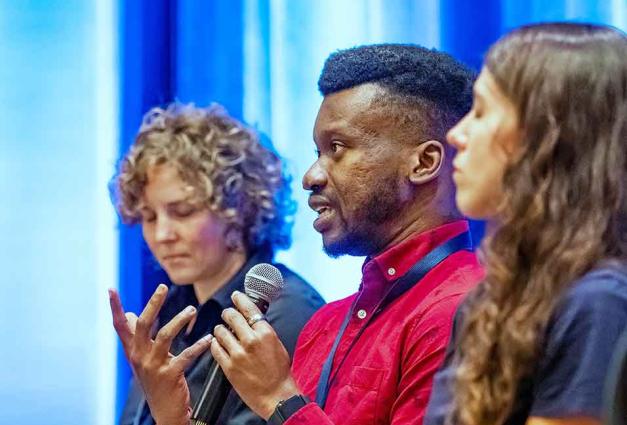New resources are available to support SPSP researchers looking to incorporate open science practices in their work. The website is designed to be a one-stop-shop for researchers trying to figure out:
- How to navigate common hurdles to sharing data, materials, and code.
- How to select an informative power analysis for a given study and how to write it up in a manuscript.
- How to describe preregistered elements of a study when writing up a manuscript (with examples).
- How to choose a trusted data repository that works for your needs.
If you’re submitting to PSPB, you’ll notice that the submission guidelines have been updated to encourage transparency and make manuscripts more informative. Some of the major changes include:
- Consistent with SPSP’s updated data sharing policy, authors must post the following in a trusted repository (see list here) and link to them in the manuscript: Materials, analysis code, any data that is not already publicly accessible, and a codebook for interpreting the data file describing all variables and how they are coded.
- Authors must report at least one power analysis for each study when using quantitative methods (examples here).
- Authors must transparently report key methodological details for each study, including how sample size was determined, all manipulations, measures, and exclusions, and whether study and analysis plan preregistration exists or not (examples here).
- PSPB will now consider manuscripts that directly (or closely) replicate the procedures of studies previously published at PSPB.
The new resources were developed by the SPSP TOP Level II Task Force, which was created in March 2020 and charged with building on work by the SPSP Publications Committee to develop (a) a set of specific recommendations for how to effectively and efficiently implement TOP Level II guidelines at PSPB and (b) concrete resources for authors and editors to do so.
The task force team included Jin Xun Goh (Colby College), Rick Klein (Tilburg University), Courtney Soderberg (Center for Open Science), and Gregory Webster (University of Florida), who all deserve a great deal of thanks for their hard work throughout 2020. The team was chaired by SPSP Board Member Alison Ledgerwood (UC Davis).
The task force reached out to journal editors who had already adopted TOP Level II guidelines in whole or in part to inform possible strategies for effective implementation, and we also corresponded with TOP guideline experts to understand the guiding principle behind each guideline. Then, we incorporated these insights together with the Publication Committee’s prior research to develop specific recommendations for how SPSP journals could most effectively, efficiently, and inclusively implement TOP Level II guidelines, and we created tailored resources to support authors and editors in this process. We incorporated feedback from the Board and the new PSPB editor team, and we invite feedback anytime from the SPSP community on how to better support you in navigating open science practices.




